Jacob Anderson is an old mate from Sir Peter Blake Trust (Blake Inspire), who’s finally got his PhD and moved to the USA, taking up a job working on Climate Change.
These observations are about the effect of climate change and how critters adapt to the cold.
The Greenland wolf
The Greenland wolf is a subspecies of the grey wolf, and their population is sitting at around 200. Their range is in the ice-free areas of northeast Greenland. Their main prey are hares, but they also eat the calves of musk oxen and seals.
In the late early 1900’s a population in east Greenland was poisoned to extinction. But they were not considered high economic value due to their low abundance, compared to the fur trade of the Arctic fox.
They have small pack sizes – usually only 3 or 4 members.
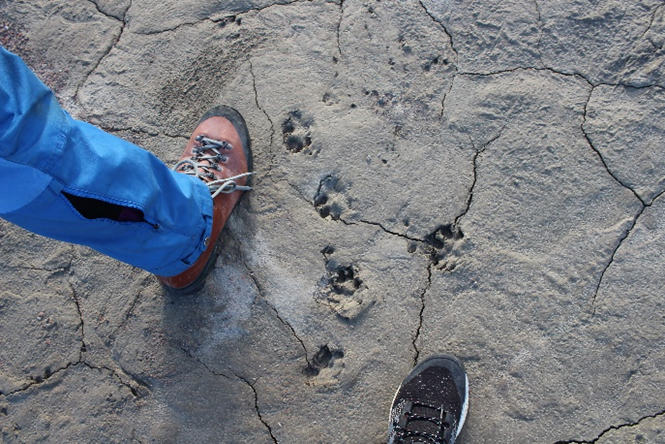
Greenland wolf spoor.
Arctic mosquito
Arctic mosquitoes serve as an important food source to other animals. They are notorious for their role as pests to humans and wildlife, including caribou, whose populations can be affected by their attacks. They primarily feed on the blood of caribou.
These mosquitoes spend most of their lives in an aquatic environment in shallow, tundra ponds. Their eggs become frozen in the winter and hatch into larvae when the ponds melt in the spring. Arctic mosquitoes spend about two to three weeks in the larval stage before they develop into pupa and then adults.
They're most prevalent after a hatch, with the mosquito population spiking late June through July, and again, briefly, at the beginning of August. They can't fly in a light breeze. In fact, we only really had them annoy us for a warm (above freezing) day with no wind. The rest of the time we didn’t see them or have any land on us.
As temperatures warm in the Arctic, mosquitoes emerge earlier, grow faster, and survive as winged pests even longer.
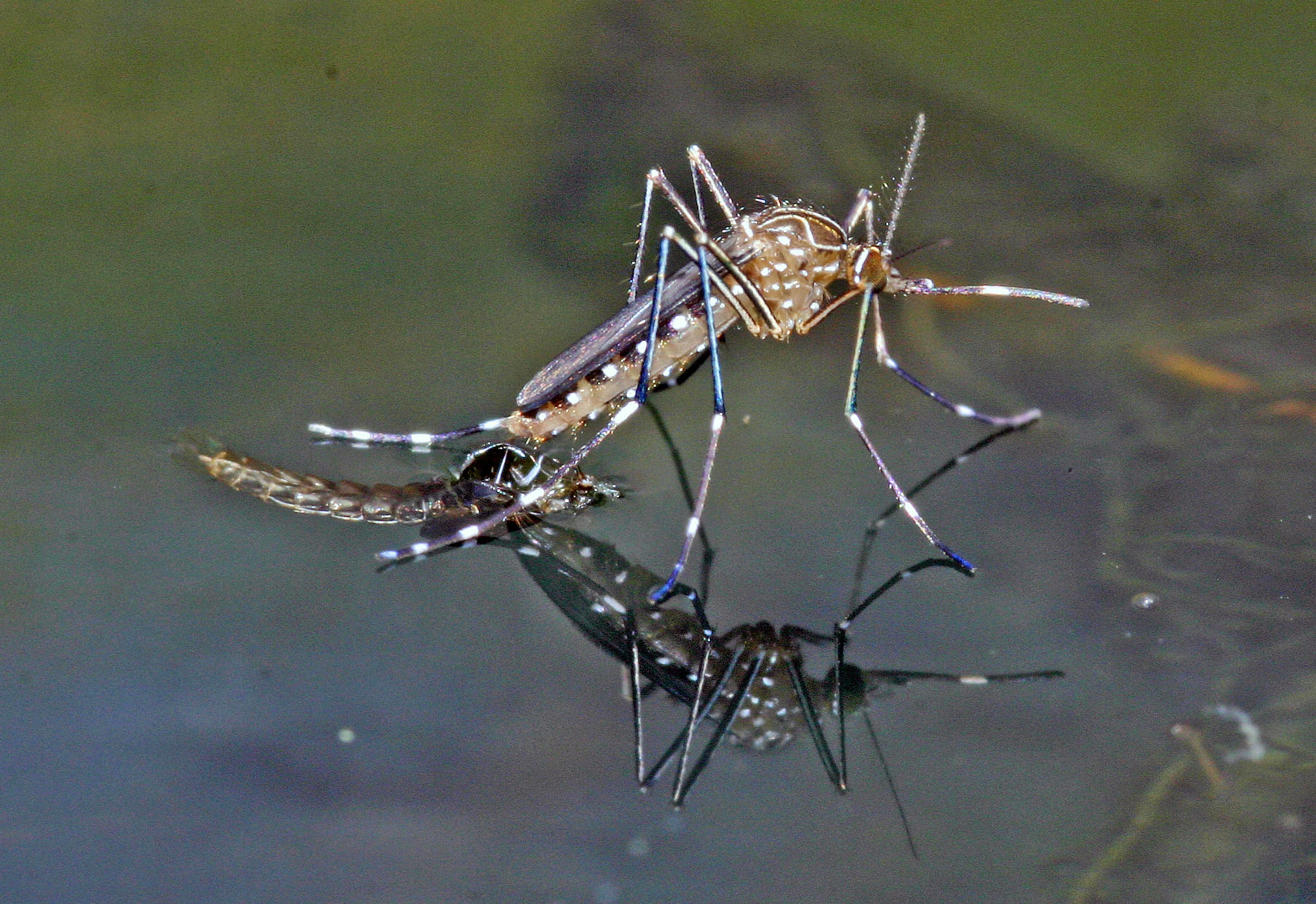
Aedes Mosquito Hatching. Photo / Jacob Anderson
My observations came from Alaska.
Nosebot Maggots
Caribou not only feed mosquitoes, but they also feed huge maggots of the Nosebot Fly (also known as Nasal Fly or caribou warble fly). These maggots are rather large and gain access into the caribou’s nostrils when their mum literally hovers near the caribou and sprays her babies into that nice, cosy nose environment (This adult fly does not lay eggs! Skipping that life-stage saves time for the life cycle).
“Heavily infested caribou may be tormented by the irritating presence of the parasites and be thinner than other caribou, but the caribou meat is still OK to eat”, according to caribou hunters.
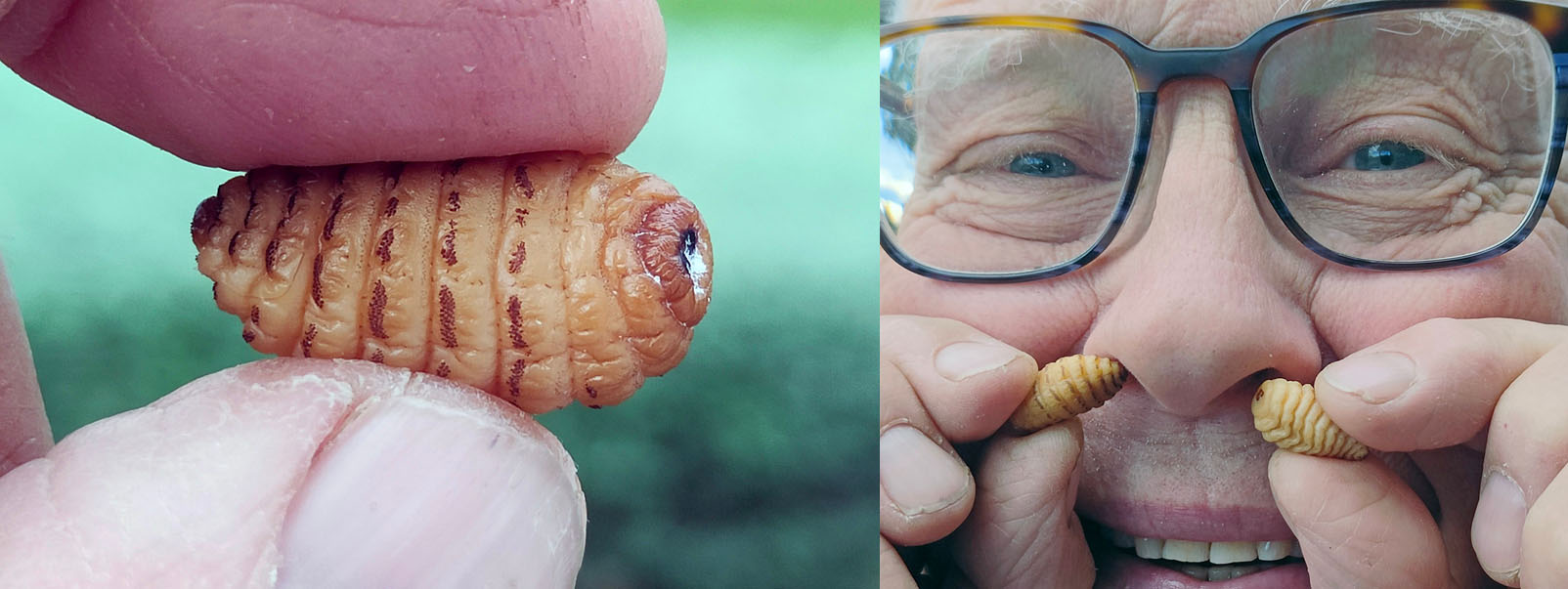
The frozen Woodfrog (Rana silvestris)
Here is an arctic creature that knows how to over-winter (-20 degrees). This frog simply freezes in the winter cold but manages to restrict the damage inside the body cells by increasing the amount of sugars inside the cells. Crystals in-between the cells allow the ice to form where the damage is very minimal.
When the frog thaws, it slowly gathers enough warmth to move on with its life – no doubt mumbling to itself ”That was a heavy frost!!”
(It reminds me of our unique mountain stone weta).
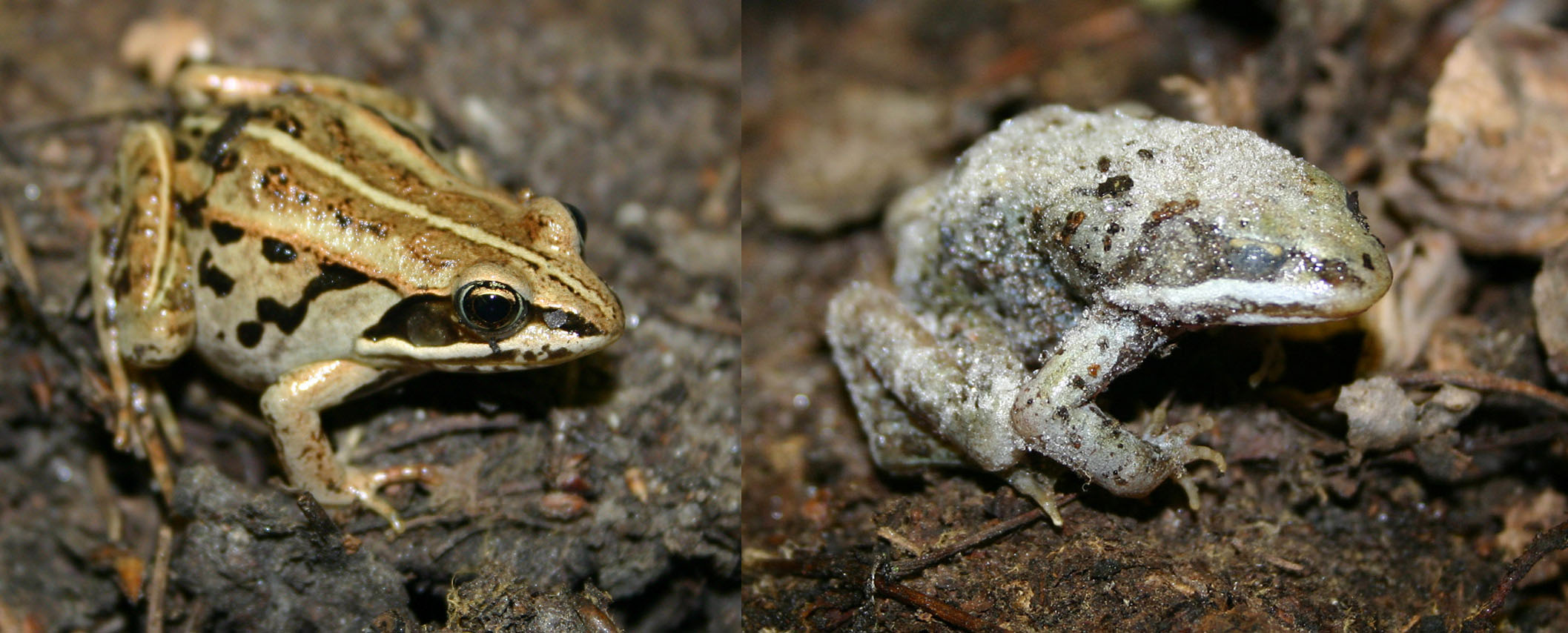
Ice worms on the glaciers in Alaska
These species only live in Alaska and are a relic of the old ice-ages.
Small, dark worms (2 cm long) that live and crawl in the icy glaciers, their food is algae and pollen, as well as certain invertebrates that land on the glacier (I’ve seen small moths being “pushed-up” by weather conditions at lower elevations).
The worms simply clean up the glacier’s surfaces.
They can live in temperatures below zero, but will die when the temperatures go higher than +4.4 degrees centigrade.
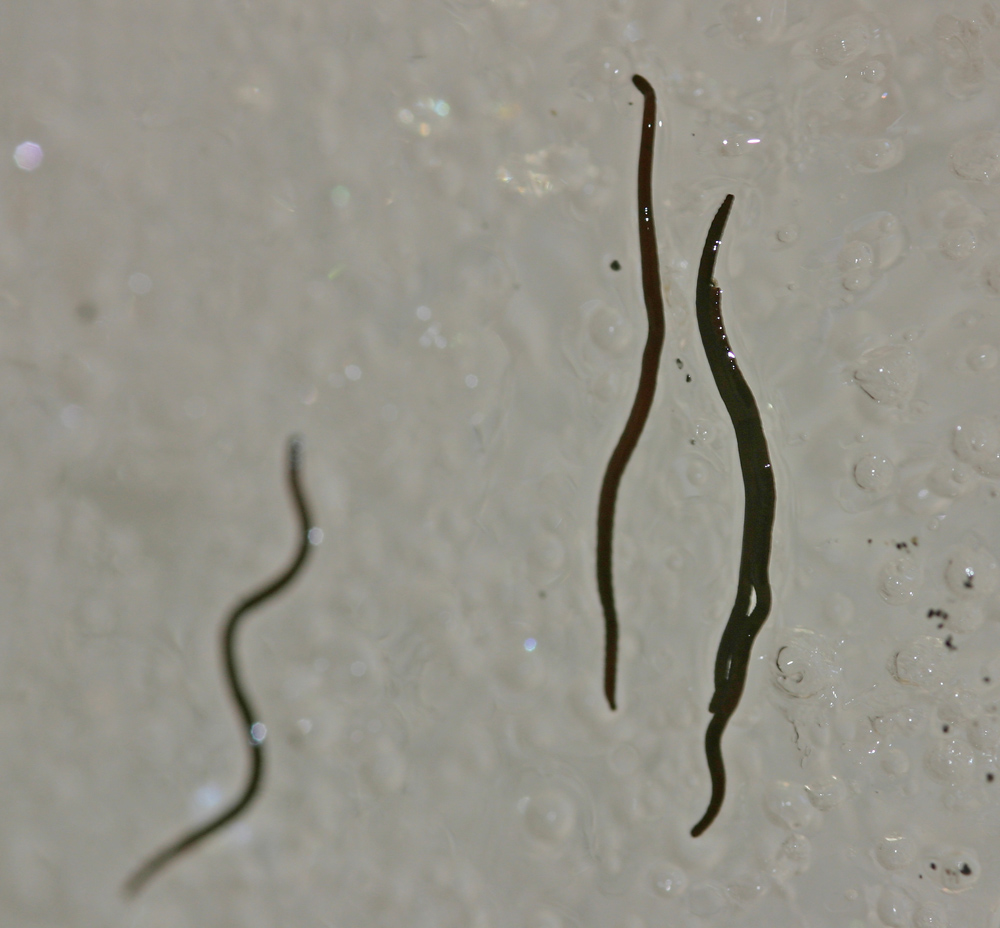
LISTEN ABOVE
Take your Radio, Podcasts and Music with you










